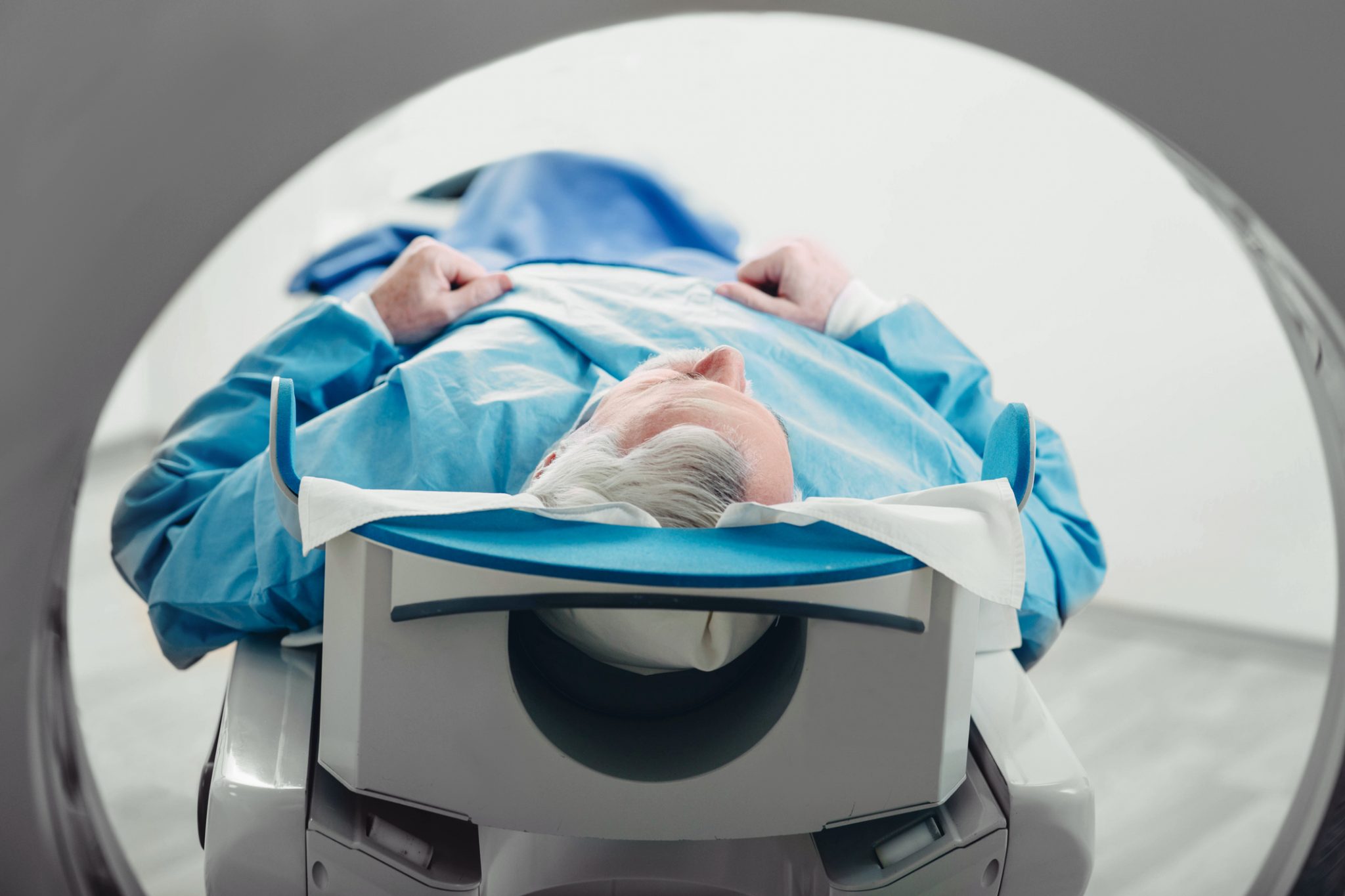What to Expect From Radiation Cancer Therapy

October 19, 2021
Getting ready for radiation therapy for cancer can be unnerving, and battling cancer is a frightening concept. But understanding how radiation therapy works can help patients prepare for it, as well as achieve the best possible outcome.
The Purpose of Radiation
The purpose of radiation is to use high-energy x-rays to kill cancer cells. About 60 percent of all people with cancer receive radiation therapy as part of their treatment program. In many cases, radiation may be the only type of treatment needed to treat patients.
“As we set goals and treatment strategies for our patients, and work to make informed decisions as a team, we consider every option that could possibly conquer cancer,” says Douglas Miller, M.D., a radiation oncologist at Jersey Shore University Medical Center. “Radiation therapy is often an extremely important treatment and part of the care plan to maintain patient health.”
Cancer radiation therapy takes time to be effective, and over days or weeks of treatment, the cancer cells begin to die. Radiation treatment is effective because the DNA of cancer cells cannot heal from exposure. Although radiation can affect healthy cells, normal tissues can repair themselves overnight, while cancer cells cannot.
Radiation Consultation
“The initial step for radiation treatment is a consultation so that the radiation oncologist can determine if and what type of radiation is indicated,” says Priti Patel, M.D., radiation oncologist at Riverview Medical Center.
Pre-treatment Planning/Simulation
The next step for treatment is to undergo a planning session to determine the treatment design:
- You enter a large room with a CT scan machine.
- You’ll be asked to lie flat on a treatment table.
- Custom-made devices that conform to your body will be used to position the part of the body being treated within mm of accuracy.
- Images will be taken with you in that position.
- Coordinates will be taken, and the process is approximately 30 minutes. You will be given a treatment start date after this session.
Treatment Experience
Radiation therapy is performed outpatient. External beam radiation — the most common type of radiation therapy—is usually done daily Monday through Friday and lasts about 5 minutes. The treatments are typically painless. Patients usually are seen at least weekly by their radiation oncologist to discuss and manage side effects. Side effects are gradual and depend on the location being treated.
During radiation, you can benefit from support services such as seeing a nutritionist or integrative health counselor who can discuss the importance diet and rest during treatment.
Post-treatment Follow-up
Post-treatment follow-up will be determined by the radiation oncologist. “Typically, patients return to make sure they have recovered, and care is coordinated with other specialists to determine next steps, either systemic therapy or future scans,” Dr. Patel says.
Whatever questions you may have, your radiation oncologists have a wealth of expertise and are there to support you every step of the way.
The material provided through HealthU is intended to be used as general information only and should not replace the advice of your physician. Always consult your physician for individual care.